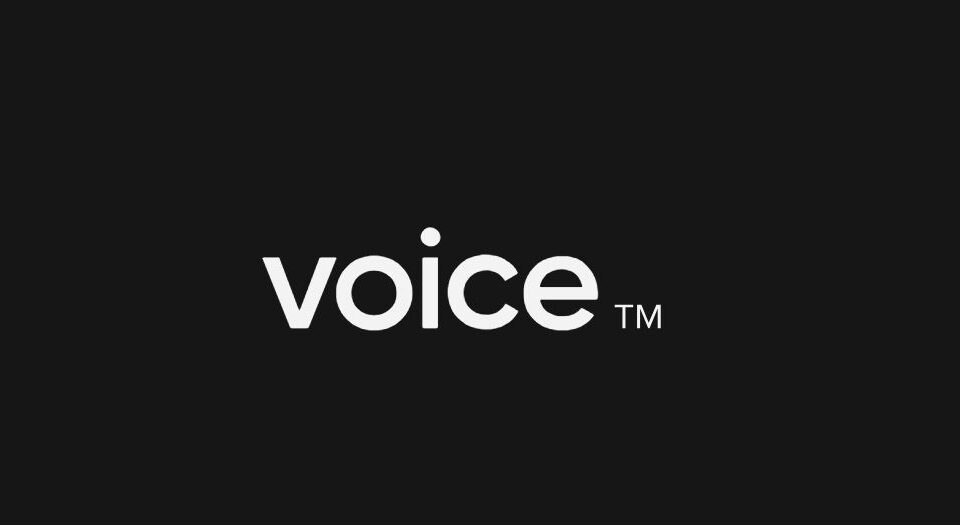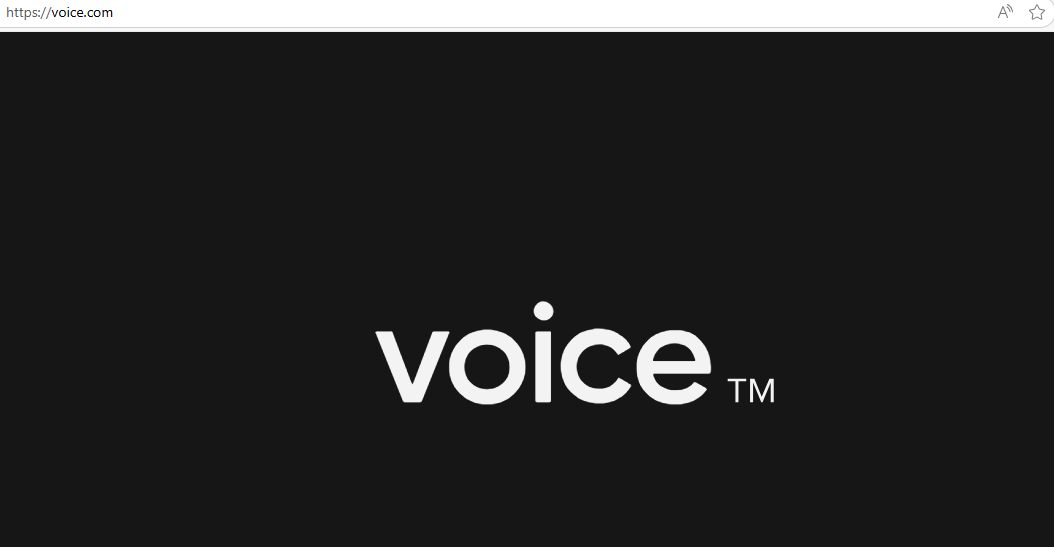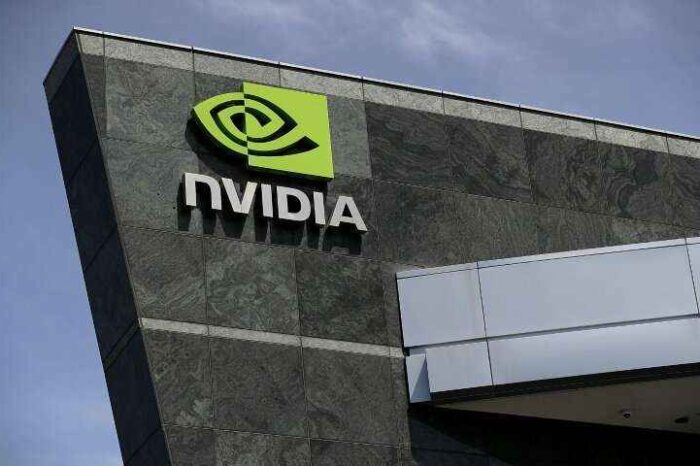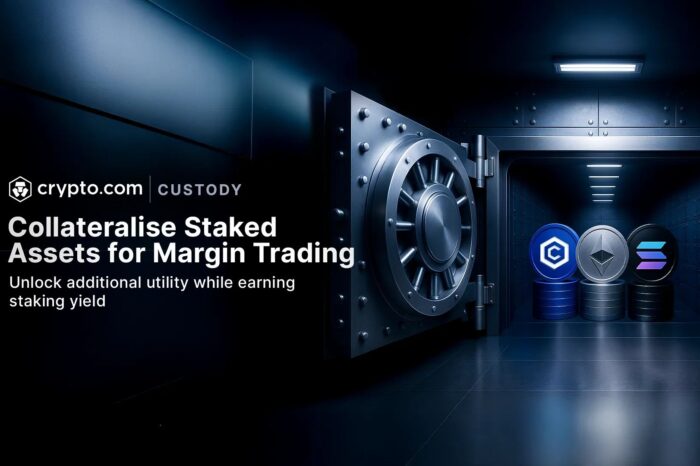Why companies spend millions on domains they never use: The mystery of idle million-dollar domains

In June 2019, Block.one made headlines after the Peter Thiel-backed crypto startup dropped $30 million to acquire Voice.com. Fast forward six years later, and the domain still sits idle and unused.
Every week, domain sales reports highlight eye-popping numbers — six, seven, even eight-figure sales. Yet months or even years later, many of these domains sit untouched, with no website, no redirect, nothing. To domain investors, it feels baffling. Why would a company spend millions only to let a domain collect dust?
The answer lies less in negligence and more in corporate strategy. For Fortune 500s and well-funded startups, domains aren’t just digital storefronts — they’re strategic assets. Sometimes they’re meant to be developed. Other times, they’re bought simply to remove risk. Here are the key reasons why high-value domains often end up idle.
1. Defensive Acquisitions
One of the most common reasons is defense. Corporations buy domains to keep them out of the hands of competitors, critics, or opportunistic resellers. Apple, Google, and Meta routinely scoop up keyword-rich domains not to launch new services, but to neutralize them as potential threats. Even if the domain never sees the light of day, its defensive value can easily justify a seven-figure spend.
2. Future-Proofing: Land Banking for the Internet
Think of premium domains as digital real estate. A beachfront lot doesn’t need to be built on today to be valuable tomorrow. Companies often acquire domains years before they’re needed, betting on future campaigns, product lines, or spinoffs. Facebook’s $8.5 million purchase of FB.com is a prime example — today it mostly redirects, but the acquisition ensured no one else could own a piece of their brand shorthand.
3. Abandoned Projects and Rebrands
Sometimes a domain is purchased for a big launch that never materializes. Leadership changes, failed pivots, or market downturns can kill a project, leaving the domain stranded.
Take Voice.com. As we reported six years ago, Block.one’s purchase was hailed as visionary — a universally understood word with instant global recognition. In 2021, two years after the $30 million sale, Voice.com pivoted from a blockchain-based social media platform to an NFT marketplace, chasing the crypto boom. But as of August 2025, the domain sits idle once again, reduced to nothing more than a black screen with the word “Voice.com” — a far cry from its hyped beginnings.

Another cautionary tale: Fund.com, bought for $9.9 million in 2008 with dreams of being the ultimate finance hub. The company collapsed, and the domain has been largely dormant ever since.
4. Corporate Bottlenecks and Red Tape
In some cases, it’s not strategy but bureaucracy that keeps domains idle. A marketing department secures a name for a campaign, but legal, IT, or finance bottlenecks kill momentum. By the time internal approvals align, the project is dead. To outsiders, it looks like waste. To insiders, it’s just corporate inertia.
5. Cheap Insurance Against Big Risks
For corporations with billion-dollar market caps, spending $500K or even $5M on a domain can be less about ROI and more about risk management. Owning a premium domain eliminates the chance that a competitor, critic, or opportunist will. The domain may never be used, but the optional value is what they’re really paying for.
Most Expensive Domains Ever Sold Sitting Idle: Case Studies
Voice.com — Sold for $30 million in 2019 to Block.one, Voice.com was hailed as a visionary move. It launched first as a blockchain-based social network, then pivoted to an NFT marketplace in 2021. Fast forward to August 2025, and it’s once again idle, showing nothing but the word “Voice.com” on a black background — a striking example of squandered potential.
Shoes.com — Acquired for $9 million, Shoes.com no longer operates as a standalone brand. Instead, it simply redirects to DSW.com. While the redirect maintains value for DSW, it highlights how a premium domain can vanish into the background instead of shining as its own brand.
We.com — Sold for $8 million, We.com doesn’t even resolve. For years, it has been a completely unused asset, puzzling domain investors and reinforcing the mystery of dormant premium names.
Beer.com — Once one of the most celebrated domains of the dot-com boom, Beer.com (sold for $7 million) remains up for sale, floating in limbo. Rather than becoming the go-to destination for beer lovers worldwide, it sits parked, waiting for a buyer.
Casino.com — Sold for $5.5 million, Casino.com could have become a crown jewel in online gaming. Instead, it operates today as a casino aggregation site — valuable, yes, but far less ambitious than the blockbuster standalone brand many envisioned.
Most Expensive Domains That Finally Found Their Purpose
Not all high-ticket domains sit in digital purgatory. A handful of them justify their eye-popping price tags by becoming real businesses and traffic magnets:
Insurance.com — Sold for $35.6 million, Insurance.com has been actively developed into a major lead-generation platform for auto, health, and life insurance. It consistently ranks high on search engines and proves how a premium domain can be a long-term revenue machine.
Fund.com — Acquired for £9.99 million, Fund.com became a financial information portal and still operates today. While it hasn’t dominated the investment landscape as some predicted, it shows the difference between a domain that’s at least put to work versus one that’s parked.
Hotels.com — Purchased for $11 million, Hotels.com grew into one of the most successful travel booking platforms in the world. Its value comes not just from the generic name, but the massive business built on top of it.
CarInsurance.com — At $49.7 million, this is one of the priciest domains ever. Like Insurance.com, it became a robust lead-generation and comparison site, helping millions of users shop for policies.
These examples highlight the split in outcomes: while some domains gather digital dust, others evolve into billion-dollar businesses — proof that buying the right domain can be either a speculative gamble or a foundation for real growth.
Takeaway for Startup Founders and Domain Investors
When domainers see a $30M domain sitting idle, it’s tempting to label it a waste. But in most cases, these purchases make perfect sense at the corporate level. Domains are more than just websites — they’re defensive shields, strategic options, and brand insurance.
For investors, the lesson is clear: end-user sales aren’t always about “how the domain will be used.” Sometimes they’re about what if. What if a competitor owned it? What if the company pivots and needs it later? What if brand equity gets diluted without it?
That’s why companies will keep spending millions — even if the domain collects dust for years.
In the end, an idle million-dollar domain isn’t a mistake — it’s a reminder that in the digital economy, ownership is often more powerful than use.




